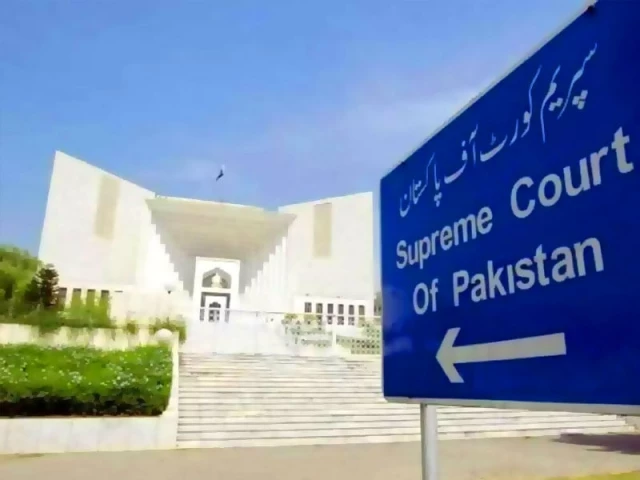Understanding the 26th Constitutional Amendment: Key Insights from the Supreme Court Hearing
On a notable Thursday in Islamabad, the Supreme Court engaged in a pivotal discussion regarding the 26th Constitutional Amendment. This amendment has sparked considerable debate, particularly around its implications for the structure of the judiciary in Pakistan. The heart of the matter lies in the petitioners’ arguments advocating for the case to be presented before a full court—a composition that includes all 16 judges of the Supreme Court who had been part of the judicial framework before the amendment took effect.
During the proceedings, an eight-member constitutional bench headed by Justice Amin-ud-Din Khan examined these petitions closely. Senior lawyer Munir A Malik, representing the Balochistan Bar Council, took the opportunity to emphasize that the foundation of this case rests on the Supreme Court being defined by its complete makeup, referring to Article 176 of the Constitution. His argument was clear: any significant judicial decisions should be collectively handled by the entire court, not merely a constitutional bench (CB) composed of fewer judges.
One of the intriguing aspects of the discussion was the interaction between justices, including Justice Mandokhail and Justice Ayesha Malik, who debated whether a bench made up of all judges would still fall under the definition of a bench. Justice Malik pointed out that customary practice supports the notion of a full court rendering judgment, reinforcing the idea that Article 191-A does not diminish the court’s judicial powers.
This conversation is crucial, as it raises questions about the legitimacy of judicial authority in light of amendments that some argue could undermine judicial independence. Essential to the discourse is the notion that even a constitutional amendment cannot erase the fundamental rights established within the Constitution, a point vehemently reiterated by Justice Musarrat Hilali.
Moreover, the debate touches on the future of judges appointed post-amendment, highlighting the potential implications for their status depending on the case’s outcome. It’s a dynamic intersection of law and governance that captures the ongoing evolution of Pakistan’s judicial landscape.
The Supreme Court adjourned the hearing until Monday, leaving many to ponder the significant legal ramifications this case could impose. As discussions around constitutional amendments continue, it’s vital for citizens to stay informed and engaged with these crucial developments.
If you’re interested in diving deeper into legal matters and understanding constitutional implications better, consider connecting with Pro21st. We aim to provide insights and resources that empower you in navigating complex legal terrains. Stay tuned for more updates!
At Pro21st, we believe in sharing updates that matter.
Stay connected for more real conversations, fresh insights, and 21st-century perspectives.





